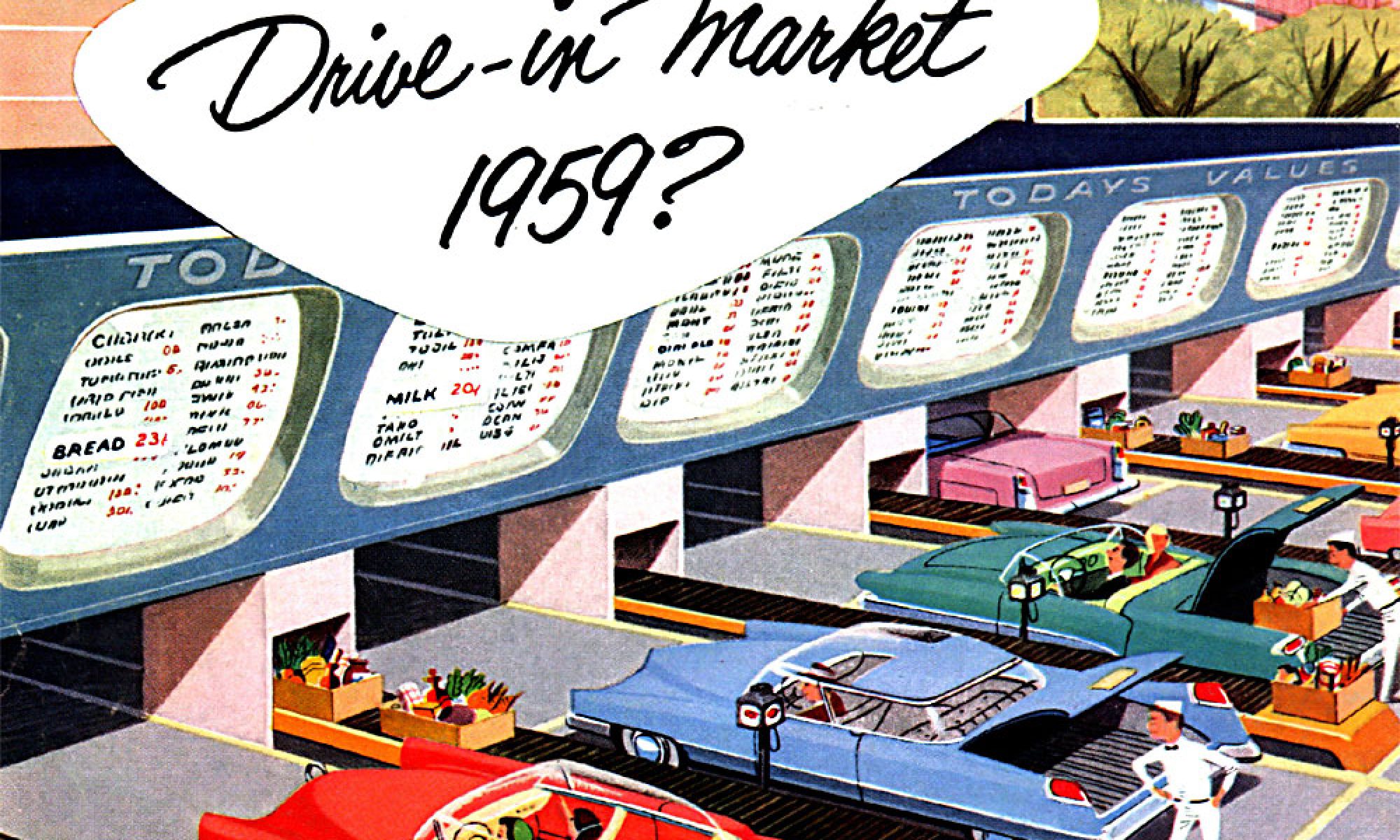The following is an excerpt from Oppy, Graham and David Dowe, “The Turing Test”, The Stanford Encyclopedia of Philosophy (Winter 2020 Edition), Edward N. Zalta (ed.), forthcoming URL = <https://plato.stanford.edu/archives/win2020/entries/turing-test/>.
“Turing (1950) describes the following kind of game:
Suppose that we have a person, a machine, and an interrogator. The interrogator is in a room separated from the other person and the machine.
The object of the game is for the interrogator to determine which of the other two is the person, and which is the machine. The interrogator knows the other person and the machine by the labels ‘X’ and ‘Y’—but, at least at the beginning of the game, does not know which of the other person and the machine is ‘X’—and at the end of the game says either ‘X is the person and Y is the machine’ or ‘X is the machine and Y is the person’.
The interrogator is allowed to put questions to the person and the machine of the following kind: “Will X please tell me whether X plays chess?” Whichever of the machine and the other person is X must answer questions that are addressed to X.
The object of the machine is to try to cause the interrogator to mistakenly conclude that the machine is the other person; the object of the other person is to try to help the interrogator to correctly identify the machine. About this game, Turing (1950) says: “
I believe that in about fifty years’ time it will be possible to programme computers, with a storage capacity of about 109, to make them play the imitation game so well that an average interrogator will not have more than 70 percent chance of making the right identification after five minutes of questioning. … I believe that at the end of the century the use of words and general educated opinion will have altered so much that one will be able to speak of machines thinking without expecting to be contradicted.
Alan Turing, 1950.
An extensive explanation about The Turing Test may be found, here.
